Team Alvimedica details the drama in the Indian Ocean
Published on December 1st, 2014
Competitors in the Volvo Ocean Race share an ethos with members of the military: Leave no man behind. That ethos carries significant weight when you’re on the ocean in a remote part of the world, far from assistance. At that point your nearest help is usually a competitor.
That ethos led to Team Alvimedica’s direct assistance over the past weekend in the safe recovery of the Team Vestas Wind crew from a shoal in a remote part of the Indian Ocean. The youngest crew in the race was stationed on site for some 8 hours.
It was 10 minutes before 1600 UTC on Saturday evening (Nov. 29) when Team Alvimedica navigator Will Oxley received a call from Volvo Ocean Race headquarters saying that Team Vestas Wind had run aground on the Cargados Carajos Shoals, some 230 nautical miles northeast of Mauritius. The rudders of the Volvo Ocean 65 had been torn off and there was water ingress in the stern compartments, although the compartments were still water tight from the main part of the hull.
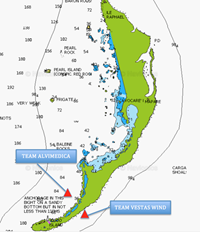 The shoals had been of concern to Oxley and skipper Charlie Enright for a few days as the crew approached from the south. Very low on the water the shoals would be extremely difficult to see at night, which is when Team Vestas went aground.
The shoals had been of concern to Oxley and skipper Charlie Enright for a few days as the crew approached from the south. Very low on the water the shoals would be extremely difficult to see at night, which is when Team Vestas went aground.
“Basically it’s a coral reef flat,” said Oxley. “At high tide there was probably 1-1.5 meters of water over the flat. So we could see the yacht clear as day in the morning leaning over at a terrible angle with large breaking waves to weather. We could see their life rafts tethered to a rock.”
That was in the light of day. During the night, when Team Alvimedica arrived on site and took up station on the western side of the flat downwind from Team Vestas, no one knew what to expect. But Enright, competing in his first Volvo Ocean Race, had that ethos in mind. They were positioned to intercept the life raft if the Team Vestas crew had to go adrift.
“Racing has become secondary based on the communications we’ve had with Vestas,” said Enright, at 30 years old the youngest skipper in the race. “We’ll rejoin the race at a time when that’s acceptable and the priority once again.”
That point came Sunday morning (Nov. 30), when local coast guard authorities safely recovered the nine members of the Team Vestas Wind crew. It brought to close a night filled with anxiety for both crews. As Enright noted before Team Vestas abandoned ship, “I think their situation deteriorates with every wave.”
The problem was Team Vestas Wind’s position on the reef. It was being blown onto the reef. “We were party every 30 minutes to the slow destruction of the yacht,” said Oxley. “It was terrible to hear what was happening.”
Once on site Team Alvimedica played an important role in communications. Oxley and Enright were in contact every 30 minutes with Team Vestas skipper Chris “Nico” Nicholson or navigator Wouter Verbaak, both race veterans. They were also in regular contact with the local coast guard authorities, acting as a go-between because Team Vestas was reduced to a hand-held VHF for communication. Oxley and Enright also kept the race office informed.
It was in the cover of darkness when Nicholson made the call to abandon ship due to the water ingress. There is no such thing as stepping into a life raft, but in this case the crew didn’t have to go swimming either. Instead the crew waded in knee-deep water across the reef flat to a point where they could board the raft, which was tied to a rock, and wait until dawn.
Illuminated through the night by strobe light, the life raft was clearly visible when the coast guard authorities arrived at day break. They transported the Team Vestas crew to the tiny islet of Íle du Sud, which is also known as St. Brandon and part of Cargados Carajos Shoals.
In thanking the race organization for its diligence in the rescue operation, Vestas chief marketing officer Morten Albaek commended Team Alvimedica. “We also thank our colleagues on the Alvimedica race team for their support and outstanding professionalism during the rescue operations,” said Albaek.
Although the Team Vestas crew was safely rescued, Team Alvimedica’s participation came to an abrupt end. Not knowing what to expect, the crew was prepared to offer any assistance necessary.
“They were incredibly appreciative of the role we played,” said Oxley. “But they didn’t want to disrupt our lives anymore so they sent us on our way. To us, we would’ve in many ways liked to see them to have closure. But I understand completely the place their in.
Once they were safe and everything was ok, they then wanted us to continue our race.”
“For those guys, it has to be absolutely heartbreaking,” said Dave Swete. “We’re just relieved that everyone’s ok.”
With that drama passed, Team Alvimedica presses on regardless.
“Now we must shift back into racing mode,” Oxley continued. “It has been such an up and down leg so far and we still have 3,000 nautical miles of light wind sailing ahead. As we re-adjust and catch up on some sleep and get our heads back in the game I firmly believe that, given the forecast, there is a real chance of catching at least one of the yachts ahead of us so this is now our challenge!”
For more information, visit www.teamalvimedica.com/news/
Source: Sean McNeill, Team Alvimedica


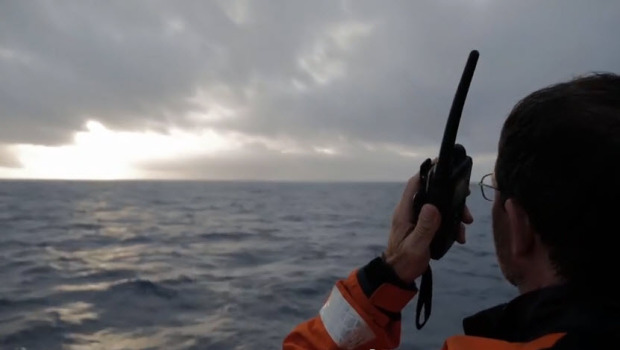

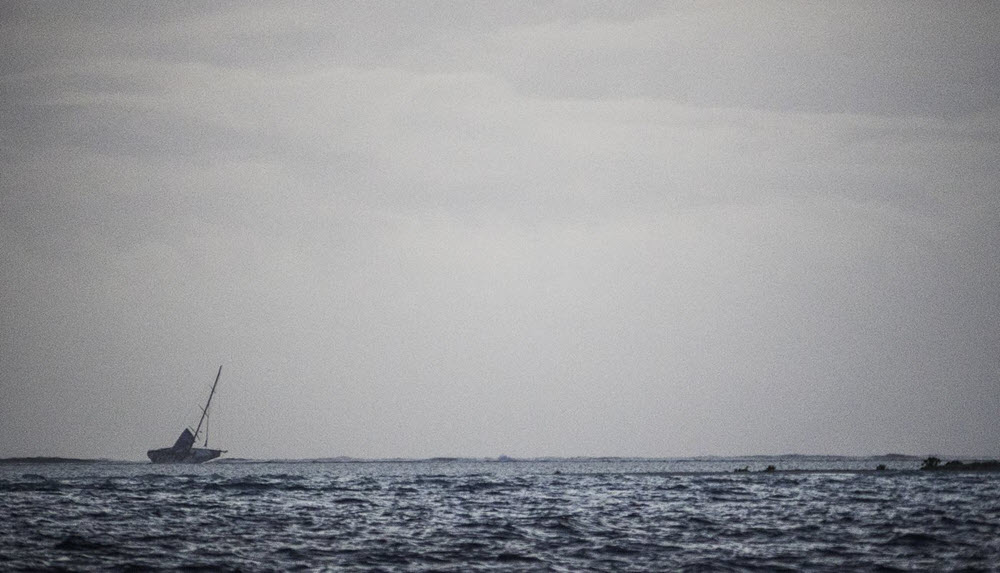

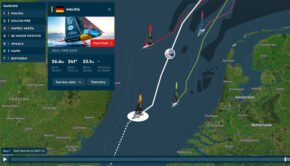
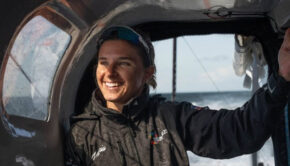
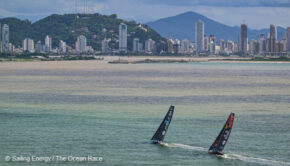
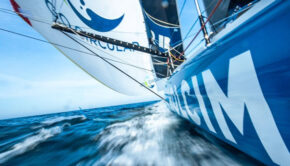
 We’ll keep your information safe.
We’ll keep your information safe.